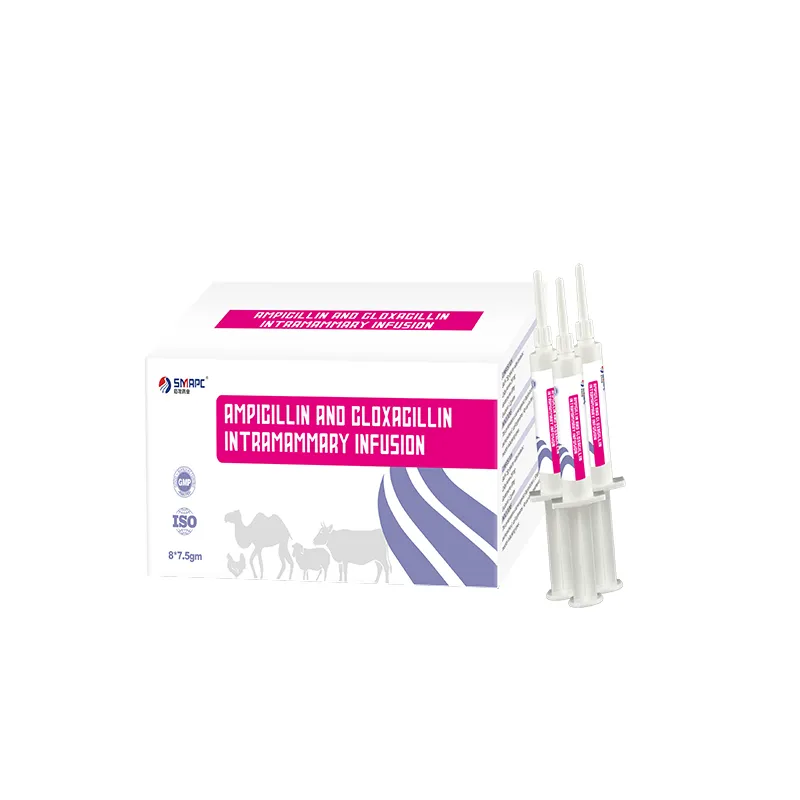Aug . 13, 2024 14:22 Back to list
Effective Treatments for Pneumonia in Goats Using Natural and Conventional Medicines
Goat Pneumonia Understanding the Disease and Its Treatment
Goat pneumonia, also known as caprine pneumonia, is a significant respiratory disease affecting goats worldwide. It can be caused by various pathogens, including bacteria, viruses, and mycoplasma. Understanding the causes, symptoms, and treatment options is crucial for goat farmers to manage and prevent this debilitating condition.
Causes and Risk Factors
The primary causes of goat pneumonia include bacterial infections, notably from pathogens such as *Pasteurella multocida*, *Mannheimia haemolytica*, and various strains of *Mycoplasma*. Viral agents, including the caprine parainfluenza virus and bovine respiratory syncytial virus, can also play a role in the disease's onset. Additionally, environmental factors are significant contributors; overcrowded living conditions, poor ventilation, and exposure to cold, wet weather increase the risk of pneumonia outbreaks.
Goat pneumonia can also be triggered by stressors such as weaning, transport, or changes in diet. Stress weakens the immune system, making goats more susceptible to infections. Therefore, maintaining a stable environment and reducing stressors are essential in preventing respiratory diseases.
Symptoms
The symptoms of goat pneumonia can vary depending on the causative agent and the severity of the disease. However, common signs include
- Coughing A persistent or dry cough may be one of the first indicators of respiratory illness. - Nasal Discharge Watery or thick discharge from the nose is often observed and may be accompanied by a foul odor. - Labored Breathing Difficulty in breathing or abnormal respiratory sounds, such as wheezing, may indicate a serious infection. - Fever A noticeable increase in body temperature indicates that the body is fighting an infection. - Loss of Appetite and Weight Ill goats may show reduced interest in food, leading to weight loss over time.
If these symptoms are observed, prompt veterinary consultation is essential to establish a proper diagnosis and treatment plan.
goat pneumonia medicine

Diagnosis
Diagnosing goat pneumonia involves a combination of clinical examination, history taking, and sometimes laboratory tests. A veterinarian may perform blood tests, nasal swabs, or even lung fluid analysis to identify the specific pathogen responsible for the illness. Accurate diagnosis is critical for effective treatment.
Treatment Options
Treatment for goat pneumonia varies based on the causative agent and the severity of the condition. Generally, it may involve
- Antibiotics Broad-spectrum antibiotics are often the first line of defense to combat bacterial infections. Specific antibiotics may be prescribed based on culture results. - Anti-inflammatory Drugs Non-steroidal anti-inflammatory drugs (NSAIDs) may be used to reduce inflammation and pain, improving the goat's overall comfort. - Supportive Care Providing a warm, dry, and stress-free environment is vital for recovery. Adequate hydration and nutrition should also be ensured. - Vaccination Preventive measures such as vaccination against known respiratory pathogens can be beneficial, especially in at-risk populations.
Prevention
Preventing goat pneumonia primarily involves good husbandry practices. This includes ensuring proper ventilation in barns, minimizing overcrowding, and maintaining dry living conditions. Regular health checks can help identify early signs of illness, allowing for swift intervention. Nutrition plays a critical role; a balanced diet that meets the nutritional needs of goats supports their immune system and overall health.
Conclusion
Goat pneumonia remains a significant concern for livestock owners, but with understanding and proper management strategies, its effects can be mitigated. Through proactive measures, such as good husbandry, timely veterinary care, and vaccination, farmers can protect their herds from this potentially fatal disease. By prioritizing the health of their goats, farmers can ensure productivity and profitability in their operations.
-
Vital Solutions for Healthy and Productive SwineNewsJul.08,2025
-
Veterinary Powder Is VitalNewsJul.08,2025
-
Understanding Prescription Drugs for AnimalsNewsJul.08,2025
-
Understanding Poultry MedicineNewsJul.08,2025
-
The First Line of Defense in Animal HealthNewsJul.08,2025
-
Role of Veterinary Drug in Modern Animal HealthcareNewsJul.08,2025
Products categories







